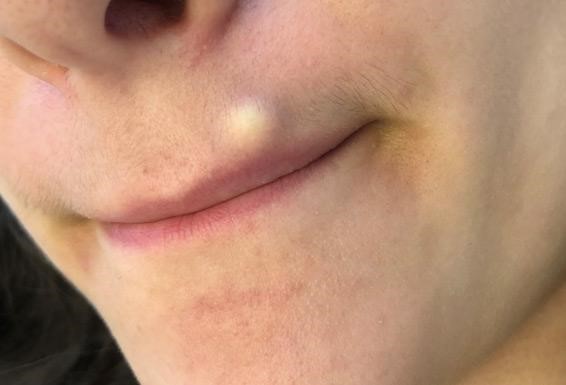Skin Cyst Removal: What You Need to Know Beforehand
Skin Cyst Removal: Procedures, Recovery, and What to Expect

What are Skin Cysts and Who Gets Them?
Skin cysts are noncancerous, closed sacs filled with a secreted material that is found beneath the skin. They can occur anywhere on the body but most commonly appear on the face, neck, back, chest, and shoulders.
Cysts typically range in size from a few millimeters to a centimeter in diameter and they can become painful when inflamed or infected.
Cysts are most commonly found in people with oily skin because the sebaceous glands, which produce oil, may become blocked due to excess oil production.
Cysts can also be caused by trauma, infection, genetic disorders, or even medical conditions such as diabetes or polycystic ovarian syndrome.
Types of Procedures for Skin Cyst Removal
There are several different procedures used to remove skin cysts, depending on the size and location of the cyst. The most common procedure is microdermabrasion, which uses a diamond-tipped wand to break up and remove the cyst.
Other methods include surgical excision, which involves cutting away the skin to remove the cyst, and laser therapy, which uses a high-intensity beam of light to heat up and vaporize the cyst.
Recovery and Aftercare for Skin Cyst Removal
Clean and cover the wound
Your surgeon may recommend washing the wound regularly with soap and water or a gentle antiseptic solution.
You may also be advised to keep the wound covered with sterile gauze or a dressing that is changed regularly to prevent bacteria from entering the site.
Rest and avoid strenuous activity
You need to give your body time to recover after the procedure. Resting and avoiding strenuous activity can help reduce swelling, bruising, and discomfort while promoting faster healing. Ask your surgeon when it’s safe to resume normal activities.
Apply cold compresses
You can apply a cold compress to the wound to reduce swelling and pain. Use a clean cloth or towel and hold it against the site for 10-15 minutes at a time, several times a day.
Stay hydrated
Drinking plenty of water after the procedure is essential for your body to heal faster. Water helps to flush out toxins, reduce inflammation, and keep your skin hydrated.

Avoid tight clothing
Wearing tight clothing over or near the incision site can cause friction, and irritation, and slow down the healing process. Opt for loose-fitting, comfortable clothing instead.
Take pain medication
Your surgeon may prescribe pain medication to help manage any discomfort during the recovery period. Follow the dosage instructions carefully and never exceed the recommended dose.
Stay out of the sun
Exposure to direct sunlight can cause hyperpigmentation or darkening of the skin, which can make the incision site look worse. Make sure to avoid the sun or wear protective clothing and a broad-spectrum sunscreen with SPF 30 or higher.
Don’t scratch or pick at the wound
While it may be tempting to scratch or pick at the incision site, doing so can delay healing and increase the risk of infection. If you experience itching or irritation, talk to your surgeon about ways to relieve it.
Follow your surgeon’s aftercare instructions
Your surgeon may provide you with specific aftercare instructions depending on the type of procedure performed.
Follow these instructions carefully, attend all follow-up appointments, and don’t hesitate to ask questions or raise any concerns you may have.

Massage the area
Gently massaging the area after the incision has healed can help reduce scars and improve skin texture. Ask your surgeon for guidance on when it is safe to massage the area and how to do it correctly.
What to Expect From the Results of a Skin Cyst Removal Procedure?
The results of skin cyst removal will depend on the size and type of procedure used. Generally, most people can expect to see a noticeable improvement in their skin after a few weeks of recovery.
The cyst should be completely gone, and the area should appear smoother and more even in tone. In some cases, scarring may occur; however, this can usually be minimized with proper care and treatment.
In any case, it’s best to speak with your doctor about any concerns you have before beginning treatment.
Conclusion
Skin cysts can be an unsightly nuisance, but luckily, various procedures are available to remove them. Depending on the size and location of the cyst, your doctor may recommend microdermabrasion, surgical excision, or laser therapy.
Aftercare following skin cyst removal is essential for optimal results, including regular cleaning with antiseptic soap and avoiding activities that could irritate the area further.
With proper care and treatment, most people can expect a noticeable improvement in their skin’s appearance after a few weeks of recovery time.
If you have any concerns about scarring or other issues related to skin cyst removal it’s best to speak with your doctor before beginning treatment.
Learn more.